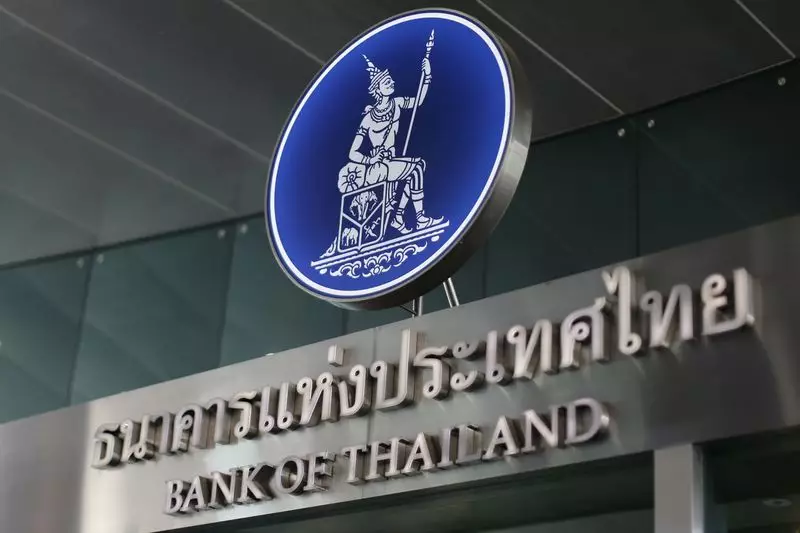Thailand’s central bank has indicated that adjustments to interest rates may be considered based on changes in the outlook for the economy and inflation. However, Deputy Governor Alisara Mahasandana emphasized that interest rates are not the primary tool for stimulating economic growth. The Bank of Thailand’s current inflation target range of 1% to 3% is deemed appropriate at this time, with expectations that headline inflation will fall within this range by the fourth quarter of 2024.
The central bank recently maintained its key interest rate at 2.50%, which is at a level not seen in over a decade. The upcoming rate review in June will provide further insights into the bank’s stance. Alisara highlighted that any adjustments to interest rates would be contingent on factors such as economic conditions, inflation levels, and financial stability, rather than being influenced by actions taken by the U.S. Federal Reserve.
Despite the challenging global economic environment, Thailand recorded a first-quarter growth rate of 1.5%, surpassing the central bank’s expectations. The momentum in economic activity has been strong, with the central bank forecasting a growth rate of 2.6% for the year, following a 1.9% expansion in the previous year. Prime Minister Srettha Thavisin has advocated for rate cuts to support the economy, although Finance Minister Pichai Chunhavajira has expressed greater concern about ensuring access to credit for the people.
The central bank has maintained a cautious stance towards rate cuts and fiscal stimulus, emphasizing the limited impact such measures would have on the economy. Instead, the bank has stressed the importance of implementing structural reforms to enhance productivity levels in the economy. Additionally, while the central bank aims for the Thai baht to reflect market forces, it stands ready to intervene in the currency market in the event of excessive movements in the exchange rate.
The Bank of Thailand’s approach to monetary policy underscores its commitment to maintaining price stability, promoting sustainable economic growth, and ensuring financial stability in the country. By focusing on a holistic assessment of economic conditions and adopting a prudent policy stance, the central bank aims to navigate the various challenges and uncertainties confronting the Thai economy effectively.

